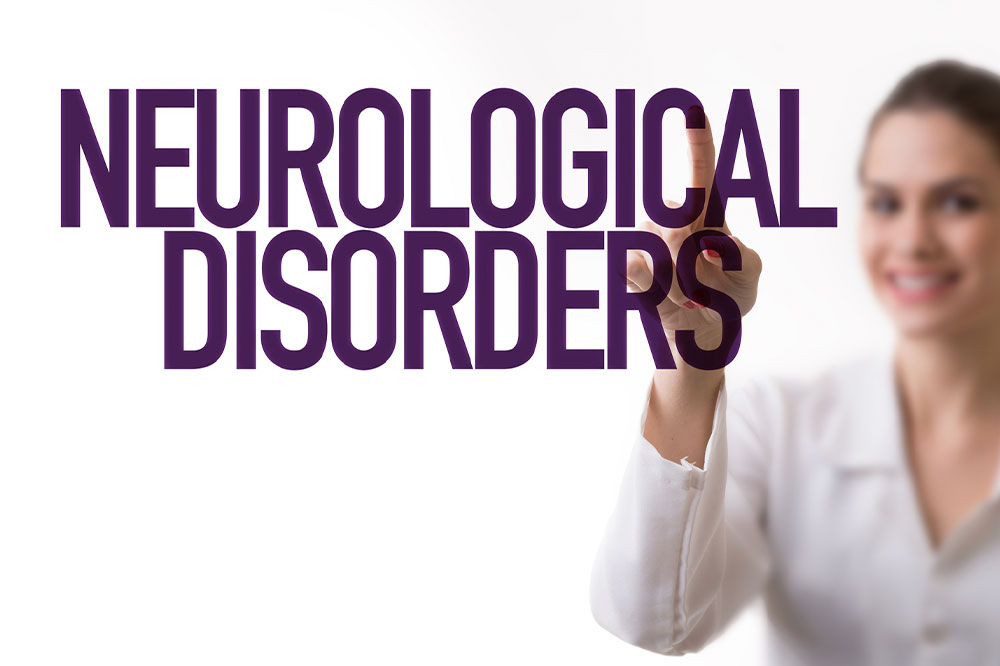
7 common neurological disorders explained
The nervous system is responsible for functions like sight and smell, comprehension, and organizational skills. When the nervous system malfunctions for any reason, it gives rise to neurological disorders. Some of these neurological disorders impact the lifestyle of millions of people without them knowing the gravity of the situation. However, this is an indication that there needs to be more awareness about various neurological disorders for their timely diagnosis and treatment.
Seven common neurological disorders
Stroke
Strokes happen when proper blood flow to the brain is interrupted. The cause of this interruption could be a possible clot or blockage in the blood vessels supplying blood to the brain. If a patient suffering from a stroke does not receive immediate attention and care, it can turn into a life-threatening condition. Some common symptoms associated with stroke are blurry vision, speech impediment, weakness in upper limbs, and difficulty maintaining balance.
Headaches
Headaches are a common ailment that can affect people of all ages. It is also one of the most common forms of neurological disorders. If someone is experiencing consistent and repeated headaches that come and go without any explanation, it can be an indication of an underlying condition. If the headaches are accompanied by stiffness in the neck, light sensitivity, and fever, it is time to get professional healthcare advice.
Alzheimer’s
Memory loss is a common problem among people, especially as they age. Memory loss, up to a certain degree, is considered a normal part of the aging process. Instances involving walking into a room or starting a sentence only to forget what is to follow can also be explained away as the norm. However, when these issues occur repeatedly, they might be an indication of something more serious than simply aging. Losing the way, difficulty with finance management, forgetting the names of close family and friends, leaving the stove on, and difficulty performing daily life activities can be indicators of dementia or Alzheimer’s. Patients may also exhibit changes in behavioral patterns along with memory loss and changes in lingual abilities. While there is no cure for dementia or Alzheimer’s, there are treatments and therapies that can help slow down the progression of the condition and help with symptom management.
Parkinson’s
Parkinson’s is a progressive neurological condition where the condition of brain cells progressively degenerates. The condition primarily impacts the patient’s balance and mobility capabilities. The severity of the symptoms increases as the patient ages. Like with most other neurological disorders, Parkinson’s does not have a cure and currently impacts about one million American citizens. As the condition progresses, symptoms like changes in posture, walking ability, and expressions can be seen. Later on, patients also experience problems with their behavior and their cognitive ability. It is important to seek timely healthcare assistance in order to manage symptoms and retain some semblance of a normal lifestyle for the patient.
Epilepsy
Epilepsy or seizures is another type of prevalent neurological disorder seen in people. It is caused due to abnormal electrical activity in the brain wherein sudden electrical activity bursts in the brain, leading to seizures. It is more common in children and adults over the age of 60 years. However, seizures can occur at any age. Most people have one seizure in their life. But, if it doesn’t reoccur it is nothing to worry about. Depending on where the seizure occurs in the brain, the symptoms of the seizure can vary.
Amyotrophic lateral sclerosis or ALS
Lou Gehrig’s disease, or Amyotrophic Lateral Sclerosis, is a neurological condition that is associated with neuromuscular tissues. The condition impacts the nerve cells present in the spinal cord and the brain. Although there is no surety about what causes this condition, factors like environment and genetics have been found to be contributors. Symptoms associated with Lou Gehrig’s disease include stiffness and twitching of muscles, difficulty breathing and swallowing, and slurred speech. There is no cure for the condition, and it is critical to start treatment therapies as early as possible. Unfortunately, the condition is diagnosed only when it has started progressing, as early symptoms often remain overlooked.
Multiple sclerosis
A progressive disorder of the central nervous system, multiple sclerosis is a chronic condition. It is caused due to the insufficient amount of myelin in the neurons and is often associated with progressive demyelination of the neurons. As the condition progresses, patients can note periods of worsening and bettering of symptoms with bouts of intense symptoms as the disease spreads further. Specific signs of MS are dependent on the part of the brain that has been impacted by the condition. Common symptoms include pain, fatigue, motor weakness, sensory and visual disturbances, and muscle tension.




